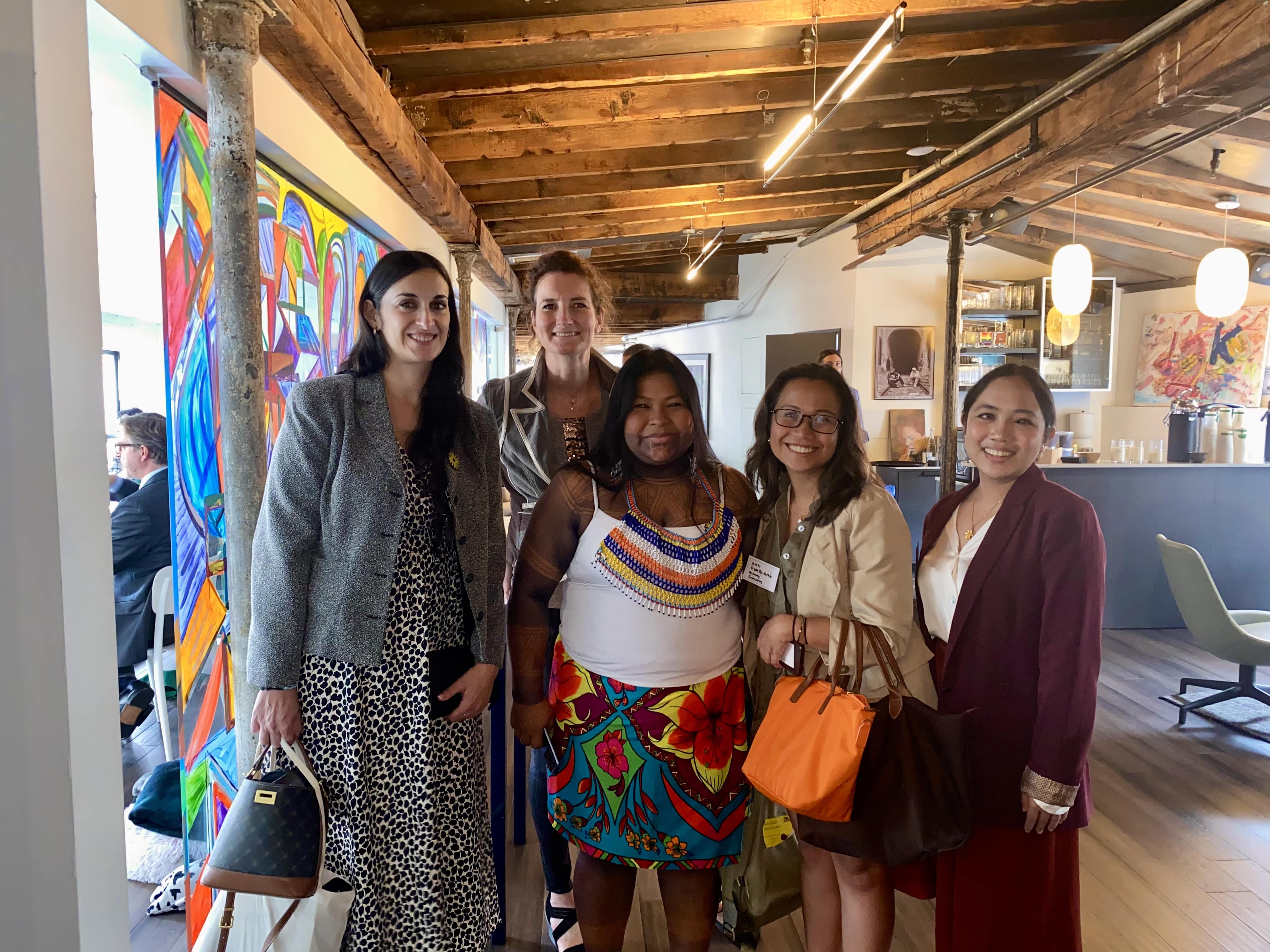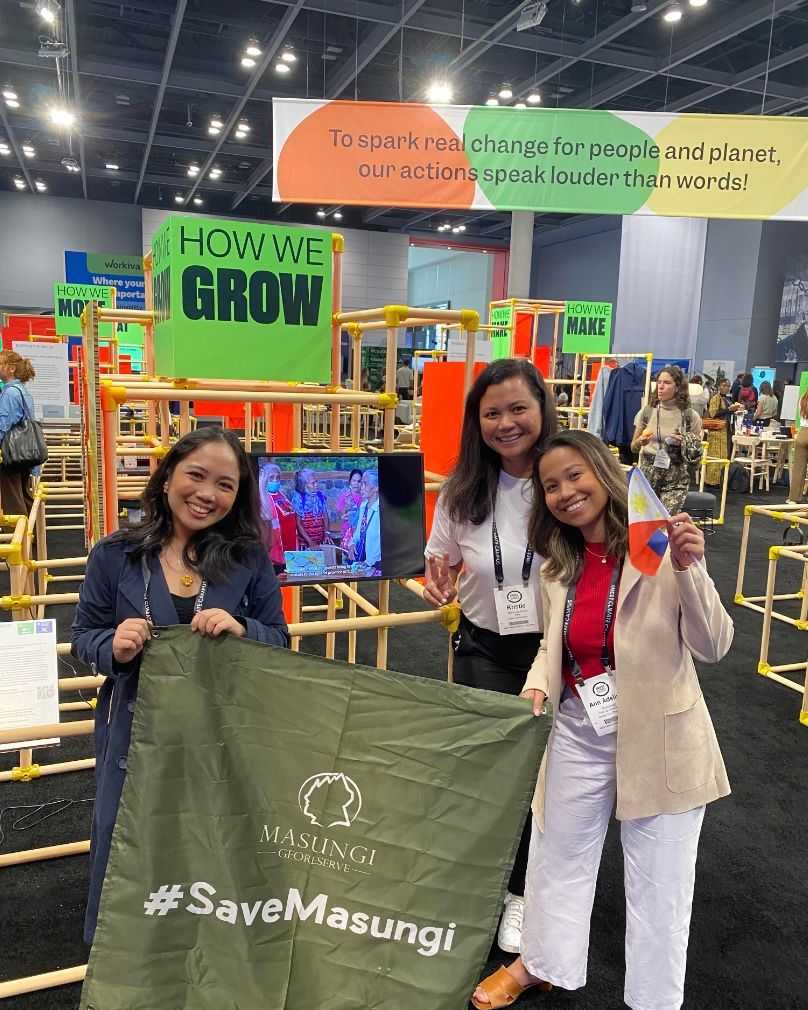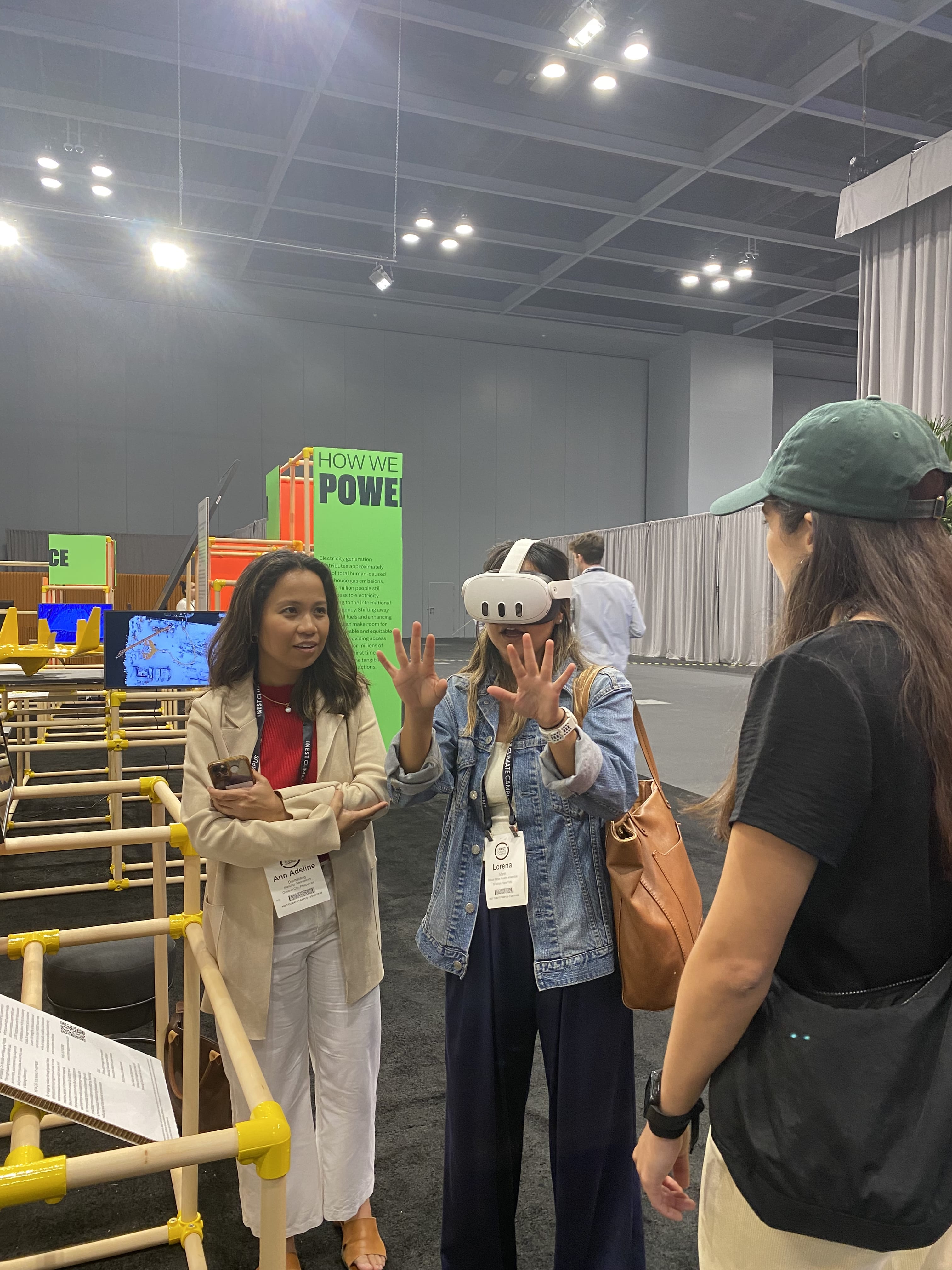Redefining resilience in climate-vulnerable regions at recent NYC talks
From the forest floor of Masungi to the global stage at NYC Climate Week
New York Climate Week 2024 highlighted a truth often overlooked: True resilience is not just about bouncing back but evolving beyond the systems that have long kept communities, particularly in the Global South, from leading the charge on climate action.
As we confront the escalating impacts of climate change, there is a growing recognition that the same regions with the least contribution to global emissions face the most risk. Yet, these areas also hold the most inventive solutions rooted in local knowledge and experience.
To build resilience, we need to move beyond buzzwords and empower these communities with the resources, knowledge, and agency they need to drive meaningful change.
The resilience we seek should be designed by the very people facing the harshest impacts of climate disruption. This means translating knowledge into action, democratizing finance, and dismantling power dynamics that limit grassroots responses.
As I’ve seen in my work at Masungi Georeserve in the Philippines, the solutions that stick are those led by the people on the front lines.
We are grateful for the support of our partners, including IKEA, Inka Group, Philippine Airlines, World Economic Forum, and 1t.org, whose commitment to sustainability made our participation in NYC Climate Week possible.

Translating knowledge into action
A key theme of Resilience Day at NYC Climate Week 2024 was the need to bridge the gap between understanding resilience and actually implementing it.
The wealth of data and scientific insight we have must now be applied to crafting policies that empower communities, particularly those in the Global South, to adapt and thrive. The issue is not just about knowing the problem but ensuring that we are responding to it with locally driven, concrete solutions.
This is where the gap lies—far too often, top-down approaches dominate. These strategies fail to account for local nuances and realities. We must focus on policies and actions that prioritize genuine participation and leadership from local actors.
Empowering local institutions and civil society groups with scientific and technical knowledge ensures that responses are tailor-made, effective, and lasting.
Democratizing finance for resilience
Financial barriers are one of the biggest hurdles for climate-vulnerable regions. At the heart of climate resilience is democratizing finance. We heard loud and clear at Climate Week that for true change to occur, financial resources need to flow directly to local communities and institutions in the Global South. These regions have no shortage of ideas and leadership, but they often lack access to funding.
The goal should be to shift power in the financial system so that the most affected areas can lead on the projects that ultimately matter to them.
To illustrate, at Masungi Georeserve, we’ve seen firsthand how locally run reforestation and conservation projects can thrive when given the resources to scale. These projects protect both biodiversity and livelihoods, highlighting how nature-based solutions can drive economic development.
Funding needs to be decentralized and restructured to allow more access for grassroots initiatives. This is not just about traditional charity; it’s about ensuring that solutions are financially sustainable and can endure over time.

Shifting power dynamics and cross-sector collaboration
Resilience also requires shifting the power dynamics that keep vulnerable communities dependent on external entities. This means dismantling systemic barriers—whether financial, political, or knowledge-based—that prevent these communities from taking ownership of their resilience journey.
A powerful takeaway from Resilience Day was the importance of cross-sector collaboration. The Action Speaks Experiential Pavilion was an excellent example, bringing together over 30 top organizations and companies, including Masungi Georeserve, to showcase practical, scalable solutions.
From nature-based initiatives to zero-emission transport systems, the collective effort of businesses, civil society, and governments is crucial for ensuring that resilience is both innovative and scalable.
What was clear from these discussions is that resilient systems are built on partnerships. Governments, private companies, and communities must work together to innovate in environmental, social, and governance standards, climate finance, and policy. The best ideas do not stay isolated; they are shared, scaled, and adapted across sectors.

Mobilizing climate action through culture
Finally, the power of culture cannot be overstated. Nest Fest, the opening night social of New York Climate Week, reminded us that art and culture are as integral to climate solutions as policy and finance. Climate change isn’t just an environmental issue; it’s a deeply human one, touching on every aspect of life.
Through cultural advocacy, art, and music, we can inspire the sense of urgency and emotional resonance needed to mobilize communities around the world.
In the Global South, where climate impacts are often felt the hardest, cultural initiatives can help translate abstract climate discussions into something more tangible and relatable.
As we continue to innovate and invest in climate resilience, we must remember that people are at the heart of these efforts. It is through both policy and cultural movements that we will inspire global climate action for generations to come.
From the forest floor of Masungi to the global stage at New York Climate Week, we are seeing how local, nature-based solutions can lead the way in building resilience to climate change. In the long run, the focus must remain on empowering grassroots groups to lead the charge, ensuring that resilience truly takes root where it matters most.